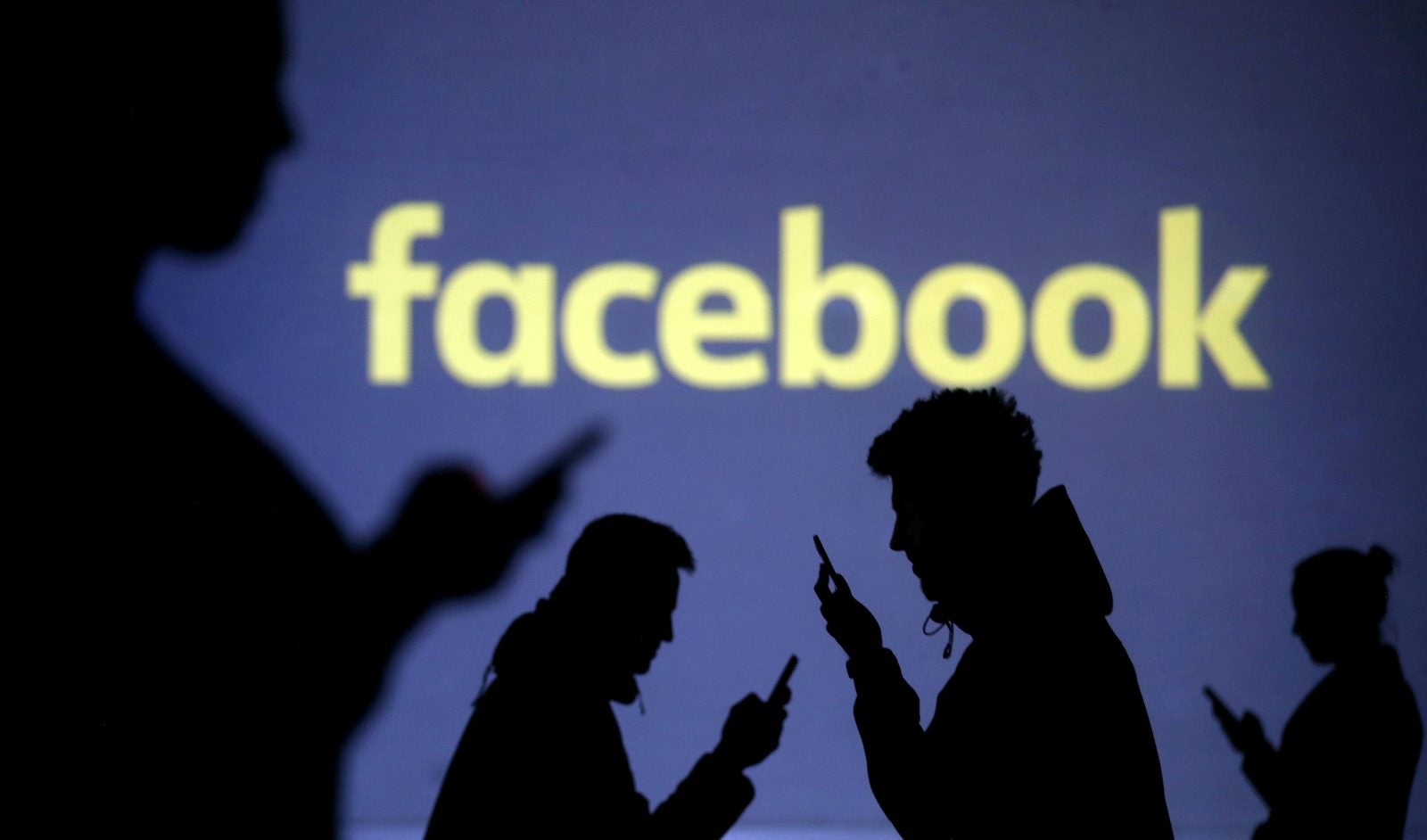Inside a Congress IT war room: Facebook and localisation are the key
The air conditioner is on full blast in this small room, measuring barely 150 square feet. Six televisions have been set up, all tuned to news channels on mute. Sitting behind long tables, covered with white cloth, are six workers glued to their laptop screen.


The air conditioner is on full blast in this small room, measuring barely 150 square feet. Six televisions have been set up, all tuned to news channels on mute. Sitting behind long tables, covered with white cloth, are six workers glued to their laptop screen.
They are among a handful creating some high-pitched buzz on social networking sites for the Indian National Congress (INC) in the southern state of Kerala that heads for polls tomorrow (April 23). This is the Thiruvananthapuram social media war room for the INC, which acts as the key communication hub since it’s located in the state capital. The INC has set up similar hubs across the state from where its members are contesting, including one in Wayanad, where party president Rahul Gandhi is fighting from.
These setups are crucial in today’s politics since they play a major role in the campaign and brand-building. With the highest state-wise penetration of smartphones in India, the southern coastal state consumes a lot of news and information on the go.
This time, there are over 260,000 first-time voters in Kerala, which is 10% of its total voter base. Social media is the most effective way to win over this section as news consumption and communication about elections within the state is almost completely based on such networks, believes Anil Antony, convener of the state Congress digital media cell. Antony has earlier been part of the Congress’s IT operations during the Gujarat and Rajasthan assembly elections in 2017 and in 2018, respectively.
Localisation is key
A typical Congress digital cell has members dedicated to content generation, distribution and marketing, editorial, and research. The party says most of its IT workers are volunteers and only a few are paid. “We have volunteers from west Asia and cities like Bengaluru, including IT professionals, former journalists, and entrepreneurs,” Antony said.
There is also a data analytics team playing an important role in segregating voters based on gender, age, location, and other such parameters.
“We have realised that localisation is key to effective communication and are trying to tailor information relevant to every booth. Typically, a booth has 350-400 homes and has 1,000-1,500 voters and we are trying to make information relevant for them,”added Antony.
To be more effective, the Congress has set up small war rooms in every constituency. A similar strategy has also been used by other political parties as well. Overall, considering internet plays an important role in elections these day, all political parties have trained their guns on it.
Facebook wins
“Facebook is hands down the most effective medium of relaying news for us,” Antony told Quartz during an interview on April 18. “In Kerala, the number of Twitter users is comparatively lower and on WhatsApp, the message may or may not be read. Facebook scores 10 on 10.”
India’s 2019 national elections have been widely anticipated to be the “WhatsApp elections,” given the over 200 million users on the platform in the country—10 times the population of Australia. But the Congress is not very enthusiastic. ”On WhatsApp, we have a disability for propagation. So unless and until a person forwards a message into your personal account, it is likely that the message may be ignored as one has reached a saturation point for reading messages in groups,” said George Lawrence George, another member of the Congress digital cell.
WhatsApp also probably has trust issues among Indian users. The messaging app, which is owned by Facebook itself, has been pulled up by the Indian government several times in recent years for allegedly being instrumental in the spread of fake news. As a result, since August 2018, WhatsApp has restricted the number of contacts to which one can forward a message to five at a time.
But that does not mean the Congress is ignoring WhatsApp. The party has thousands of WhatsApp groups, which remain an important tool for campaigning.
Meanwhile, the party is also trying other apps such as Instagram, Snapchat, and ShareChat, however, the results haven’t been great. “Instead, videos or pictures with just a line of text has emerged to be more effective,” said Antony.
Read Quartz’s coverage of the 2019 Indian general election here.